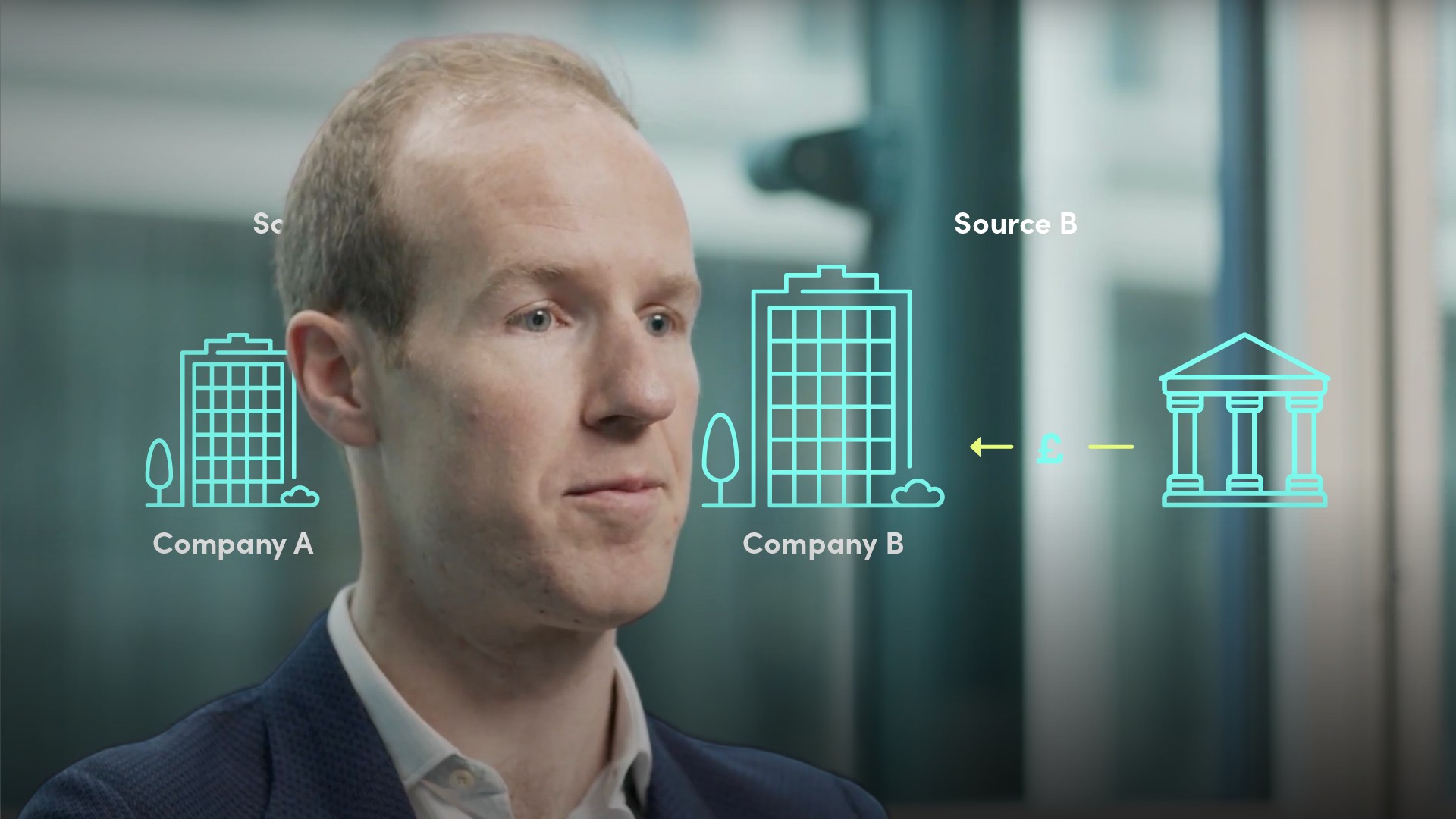
Introduction to Market Abuse Regulation

Stephen Stokes
20 years: Compliance & asset management
Where rules against market abuse exist, these rules are usually split into two concepts: Insider Dealing and Market Manipulation. In this video, Stephen provides an introductory overview of what market abuse means in the context of the European Union.
Where rules against market abuse exist, these rules are usually split into two concepts: Insider Dealing and Market Manipulation. In this video, Stephen provides an introductory overview of what market abuse means in the context of the European Union.
Subscribe to watch
Access this and all of the content on our platform by signing up for a 7-day free trial.

Introduction to Market Abuse Regulation
12 mins 56 secs
Market abuse can be divided between insider dealing and market manipulation. Assessing whether information is “inside” can be quite complicated and needs to be assessed on a case-by-case basis. Similarly, market manipulation is difficult to define, but there are behaviours that are consistently described as being considered market manipulation. If you are unclear whether information is inside information, you should consult your compliance officer or legal team.
Key learning objectives:
Describe market abuse, inside information, and market manipulation
Explain MAR
Explain what actions an individual and organisation should take to prevent insider dealing
Subscribe to watch
Access this and all of the content on our platform by signing up for a 7-day free trial.
What is “Market Abuse Regulation” designed to accomplish?
These rules appeal to concepts of fairness and, relatedly, to the maintenance of market integrity. The philosophy behind the rules is to freely promote and maintain the natural forces of supply and demand and to allow them to determine the price of securities. In doing so they seek to maintain public investor confidence in the integrity of such markets and to protect investors from illicit activities.Which two concepts does market abuse tend to fall into?
- Insider Dealing
- Market Manipulation
What is MAR?
“Market Abuse Regulation” are the rules applying in the EU, which came into effect on 3rd July 2016 and is often abbreviated to “MAR”.
As a regulation, the rules are adopted automatically across all member states. Consequently, the rules are consistent across these jurisdictions, as well as across other non-EU jurisdictions which have based their regimes on that in the EU.
Some parts of MAR apply to everyone, not just issuers and market participants.
What is inside information as defined by MAR?
- Inside information - information of a precise nature; which has not been made public; which directly or indirectly relates to one or more issuers (that is, any company or other entity which sells securities to finance its operations), or to one or more financial instruments; and if it were made public, would be likely to have a significant effect on the prices of those financial instruments, or on the price of related instruments.
What questions should you ask yourself to identify inside information?
- Has the information been made public?
- Information can only be inside information if it has not already been made public. There are a variety of ways in which this can occur including:
- Disclosure to the market, using what is known as a Regulatory Information Service
- Being generally available, for example in the press or on the internet, or if it can be deduced from information which is generally available
- Obtaining the information by observation without infringing rights or obligations of privacy, property or confidentiality
- Information can only be inside information if it has not already been made public. There are a variety of ways in which this can occur including:
- Is this information “precise”?
- Under MAR, information is “precise” if it indicates a set of circumstances which exist or which may reasonably be expected to come into existence; there must be a realistic prospect of the event happening.
- Is this inside information, when combined with other information?
- On its own, a piece of information may not be inside in nature, but when taken with other information, it could be.
- A key difference between the EU and US rules on inside information: in the US, it may be acceptable to piece together a number of non-public but individually non-material pieces of information, but which may be material when taken together.
- If the information were made public, would it be likely to have a “significant effect” on price?
- In order to assess whether some piece of information has a “significant effect” you would need to think about the source of the information: how reliable is the source?
- Is this information about a financial instrument which is covered by MAR?
- MAR explicitly applies to financial instruments which are admitted to trading on an EU trading venue, or on certain multilateral or “organised” trading facilities such as AIM.
- MAR also covers financial derivative products which are not on a trading venue, such as contracts for difference or CFDs.
What should organisations be doing to prevent insider dealing?
Your organisation may need to take specialist legal or compliance advice and put in place the following:
- Controls over persons having access to this information, including so-called “Chinese walls” and insider lists
- Put in place arrangements around the classification of information or controls over use of expert networks, investment clubs, etc.
- Education and training
What should you as an individual not do?
If you have, or suspect you have inside information what you can’t do is:- Trade either for your or someone else’s account
- The presumption will be that you have made use of such information in doing so
- You also can’t cancel an order previously entered into the market
- You should not recommend or encourage others to trade
- You should not disclose this information, even if the other person already knows this information, unless in certain circumstances as in safe harbours such as to another member of staff of your company, or via a “market sounding” conducted in compliance with MAR
What is market manipulation?
Rulemaking in this area typically points to a series of behaviours which act to distort the price-setting mechanism of various financial instruments and can be quite technical in nature, and specific to the market involved.
Market Abuse Regulation attempts to list a number of behaviours which are likely to be considered market manipulation. As with inside information, these only apply if the instrument in question is either traded on an EU trading venue, or whose value is derived from a financial instrument. Attempted market manipulation is also an offence.
What are some examples of market manipulation behaviours?
Market manipulation behaviours include the following three behaviours:
- Manipulating orders or transactions
- This is where you enter into a transaction in order to give misleading signals as to supply, demand, or the price of an instrument; and where successful, secures or is likely to secure the price of an instrument at an “abnormal or artificial level”.
- This includes “Wash trading”, “Painting the tape”, and entering orders into an electronic trading system at prices which are higher than previous bid, or lower than the previous offer, and withdrawing them before they are executed in order to mislead people as to the demand or supply at a particular price.
- Manipulating devices
- This is where you enter into a transaction which affects or is likely to affect the price of another instrument and which employs “a device or any other form of deception or contrivance”.
- For example: reversing a position after making such a public disclosure may be seen as an attempt at deceiving the market, or voicing an opinion, which is using either traditional or electronic media without simultaneously disclosing a position held in an instrument whose value may be impacted by that opinion.
- Disseminating information through the media, internet or other means which gives, or is likely to give false or misleading signals as to the supply, demand, or price of an instrument where you know or ought to have known that the information was false or misleading.
- For example: a company issues misleading information to the market about their health.
Subscribe to watch
Access this and all of the content on our platform by signing up for a 7-day free trial.

Stephen Stokes
There are no available videos from "Stephen Stokes"






















